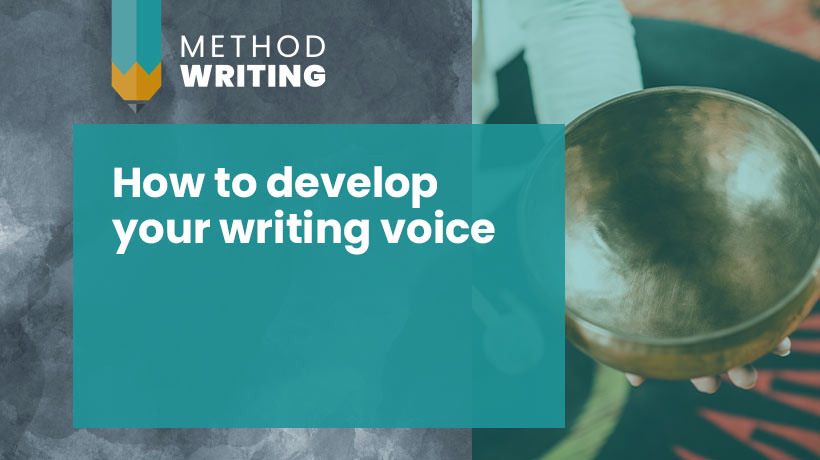editing
Authors: do you have ‘too many writing ideas’ syndrome?
‘Too many writing ideas’ is a frequent issue. Several writers have been in touch about writing that grows out of control. One mentioned ‘the spiralling complexity of WIPs’ (beautifully said!); others mentioned ‘finishing projects without getting distracted by new ones’, and ‘digging yourself out of rabbit holes’. I suspect that these issues have a shared…
Read Now…Editing techniques for long-form writing
Are you about to begin editing a novel or script? I often find editing long-form writing daunting. It can be tricky to keep sight of the overall structure, and do close-up editing at the same time. Then you’ve got to wrangle character arcs, plot twists, and scene shapes… it’s a miracle that writers ever manage…
Read Now…Writing technique – how to use camera shots in fiction WIDE
Want to learn a powerful writing and editing technique for your fiction? Try using camera shots! Movie thinking can help focus your writing, improve your editing, and hone your visual imagination. Part 1 of this series covers the wide shot. This is an excerpt from Dramatic Techniques for Creative Writers (see below). Learn about wide…
Read Now…How to develop your writing voice
Your unique writing voice is your best asset as an author, but how do you develop it? It’s widely agreed that a vivid, compelling writing voice sets you apart. Publishers and creative writing tutors say a fresh voice makes them sit up. They’re far more likely to read on. But a vivid writing voice is…
Read Now…Creative writing techniques that really work
Creative writing techniques are hard to pin down, as writers are all so different. But which are useful to the beginner? Here are 5 practical techniques that my creative writing students have found most helpful. 1. Beginning, middle, end This is a well-worn writing mantra, but what does it really mean? Every piece of writing…
Read Now…Writing technique – how to make fiction characters visible
Invisible fiction characters are great fun. From the Invisible Man to Bilbo Baggins to Harry Potter, characters who vanish from view are a much-loved touchstone of fantasy writing. But sometimes, fictional characters aren’t meant to be invisible. And yet the reader can’t see them. Some characters are unintentionally invisible, because the writer hasn’t made them clear…
Read Now…Writing technique – signposting issues in fiction
Signposting issues in writing are a common difference between work by beginning writers and that of expert self-editors. Often, new authors are so excited by their fiction world that they forget to paint clear pictures for the reader. Reader who get confused will drift away. Usually, this happens because the writer tries to cover too…
Read Now…Writing tips: make your fiction characters visible
Fiction characters need to be brought to life. But how? First, get the basics right – help readers to SEE your characters. Here are some tips on visual description and how to keep characters alive in the mind’s eye. In many fiction drafts, the characters don’t come to life and remain blurry or even invisible…
Read Now…Sensory writing – sounds, music
This article on sensory writing and sounds explains the relationship between writing and musical effects such as onomatopoeia. How can you write with sounds, and not just about them? Use acoustic effects such as rhythm and everyday onomatopoeia to help evoke sounds in your fiction world, create patterns, and heighten emotion. Here are some ways…
Read Now…How writing with objects can power up your fiction 2
Why is writing with objects so powerful in creative writing? Physical Objects Part 1 looks at how you can use verbs with objects, to brainstorm story and character ideas. Part 2 goes deeper, and describes different kinds and scales of objects, and ways to explore their potential. If you’re interested in this writing topic, see…
Read Now…








